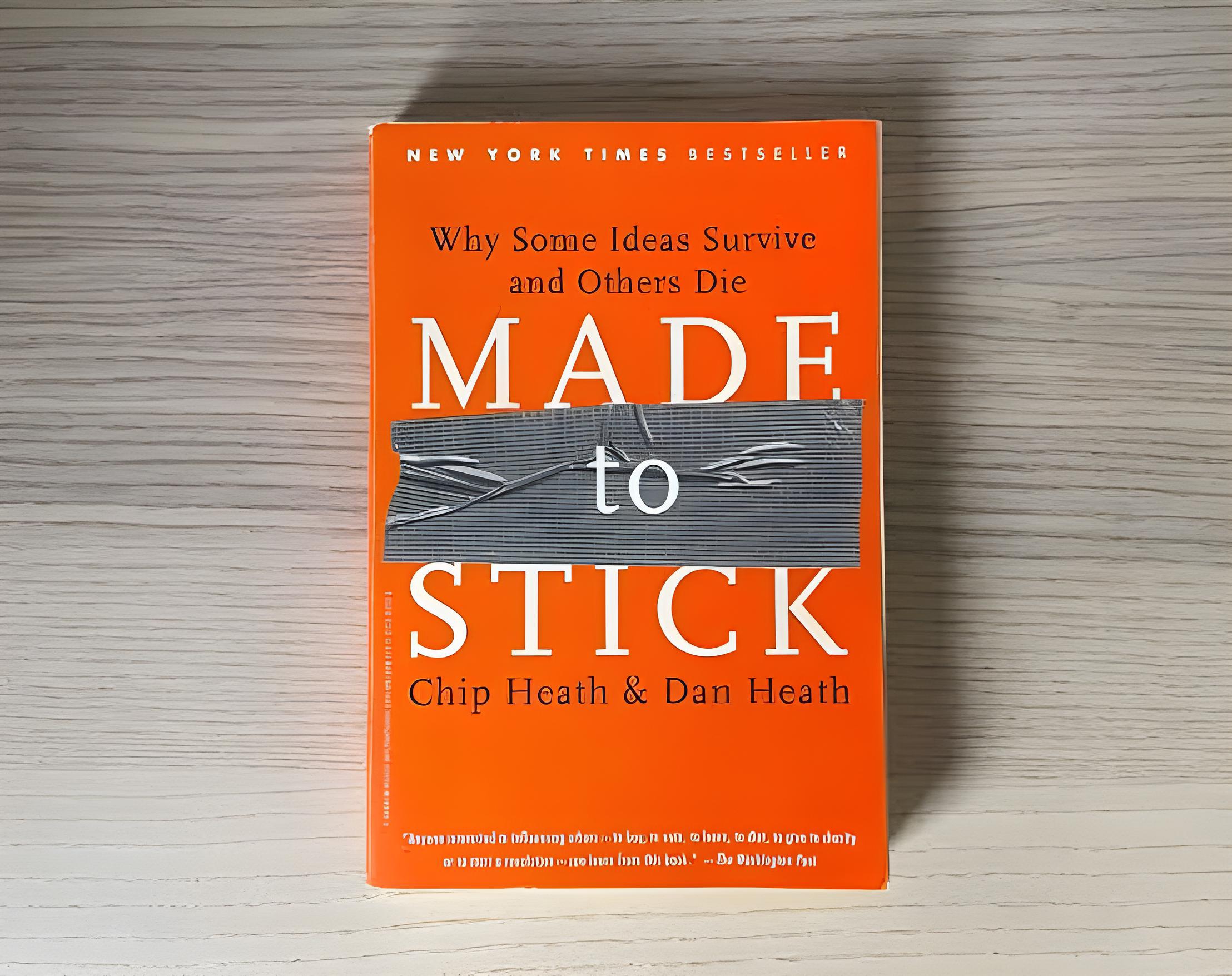Back
SHIV DIXIT
CHAIRMAN - BITEX IND... • 10m
📖 DAILY BOOK SUMMARIES 📖 🚀 25 Lessons From 👉 🔥 Made me stick : Why idea's survives 🔥 ✨ By Chip Heath and Dan heath ✨ 1. Core Premise: • The book explores why some ideas are memorable ( "sticky" ) while others fade. It introduces a framework to help craft ideas that are impactful, memorable, and effective in spreading. 2. SUCCESs Framework: • The authors introduce the SUCCESs model to explain what makes ideas stick. This acronym stands for: 1. Simple: • Ideas should be stripped down to their core essence to ensure clarity. The simpler the idea, the easier it is to grasp and remember. 2. Unexpected: • Surprise your audience to grab their attention. Breaking patterns or expectations makes an idea stand out. 3. Concrete: • Use tangible, specific details and examples. Abstract concepts are harder to grasp, while concrete ideas are relatable and memorable. 4. Credible: • Provide credibility through data, authorities, or real-life examples. People are more likely to believe and remember ideas backed by evidence. 5. Emotional: • Appeal to emotions to make people care about the idea. Ideas that connect on a personal or emotional level have more impact. 6. Stories: • People remember stories better than facts. Wrapping an idea in a narrative helps communicate it more effectively and makes it more memorable. 3. The Curse of Knowledge: • Experts often struggle to communicate effectively because they forget what it’s like not to know something. The book emphasizes the importance of simplicity and empathy to overcome this gap. 4. The Power of Analogies and Metaphors: • Analogies and metaphors can make complex ideas easier to understand. They help bridge the gap between what people already know and new information. 5. Creating Curiosity: • Curiosity gaps—what people know vs. what they want to know—are powerful tools for making ideas stick. Tease information and make people want to find out more. 6. The Velcro Theory of Memory: • Memory works like Velcro; the more "hooks" an idea has (i.e., associations with existing knowledge), the more likely it is to stick. Concrete details and sensory language create more memory hooks. 7. The Sinatra Test: • The book suggests using a "Sinatra Test" for credibility: if you have one powerful example or proof point (like "If I can make it there, I’ll make it anywhere"), it can establish authority for your idea. 8. Emotional Appeals: • Tapping into people's values and feelings is key to making ideas resonate. Emotional connection motivates action and makes ideas more relatable. 9. Spotlight Effect: • The authors discuss the "Spotlight Effect," where communicators assume people are paying more attention to their message than they really are. Sticky ideas cut through the noise and grab attention. 🔗 You can download whole book freely from comment section and read other left points 🔗

Replies (3)
More like this
Recommendations from Medial
Only Buziness
Business enthusiasti... • 2m
“Feelings Sell: How Emotional Branding Builds Unbreakable Customer Bonds” Emotional branding it is a powerful tool across all industries. Take Coca-Cola, for example. It doesn’t advertise soda—it sells happiness, togetherness, and celebration. Fro
See MorePrashant Goyal
Hey I am on Medial • 4m
Why don't incense stick companies directly apply the red part of matchstick to the tip of the stick instead of providing free matchsticks inside the box? This approach could save more trees, be easily marketed, and offer a cost-effective, easy, and s
See More
Sanket Jha
Build Culture of rea... • 1y
Hello people, Doing a small exercise on consumer behaviour. For people who purchase their books from book store, What all emotions you undergo while you are go through the bookshelves looking for the books that you will purchase? Let’s see what em
See MoreSwami Gadila
Founder of Friday AI • 16d
We’ve Developed Groundbreaking Algorithms for Emotional Intelligence & Intent Understanding At Friday AI, we’re pushing the boundaries of emotional intelligence in AI systems with algorithms that are designed to understand emotions, improve efficien
See MoreDownload the medial app to read full posts, comements and news.
































